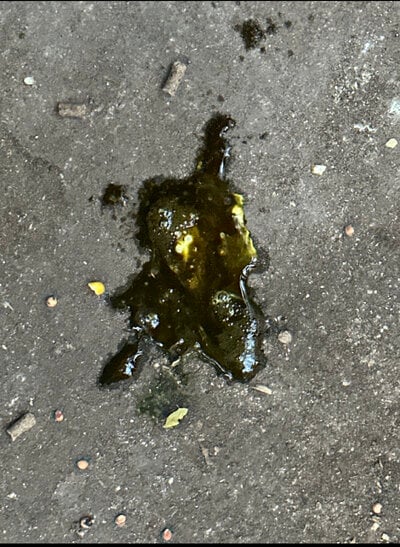Mama KK
Chirping
- Oct 22, 2022
- 40
- 43
- 64
Peahen started showing symptoms of illness last Friday (August 1), got her into the vet same day. Fecal sample was clear, exam was clear but her behavior was off, they treated with antibiotic (5 days in water) and anti-inflammatory (5 days orally). She was quarantined the whole time, she's not eating as far as we can tell and could care less about treats.
Took her back to re-check her at end of 5 days, vet says her vitals look better but started a round of corrid (10 days orally) just in case (we had just had a new batch of quail and highly possibly she got in brooder once they were moved out. He also stated he wasn't truly concerned with the lack of eating as long as she's drinking (which she is).
Here's my question, she's still not eating that I can tell but poop is starting to look more normal (less green more white/yellow). Do we need to keep her quarantined for the full 10 days or can we let her out? I'm wondering if the not eating is because she hates being in her own pen. She loves to be with her chickens and her dog and is used to being free-range during the day. This is the first time we've had an ill bird and I'm out of my element with it, especially one with as much personality as this girl.
Took her back to re-check her at end of 5 days, vet says her vitals look better but started a round of corrid (10 days orally) just in case (we had just had a new batch of quail and highly possibly she got in brooder once they were moved out. He also stated he wasn't truly concerned with the lack of eating as long as she's drinking (which she is).
Here's my question, she's still not eating that I can tell but poop is starting to look more normal (less green more white/yellow). Do we need to keep her quarantined for the full 10 days or can we let her out? I'm wondering if the not eating is because she hates being in her own pen. She loves to be with her chickens and her dog and is used to being free-range during the day. This is the first time we've had an ill bird and I'm out of my element with it, especially one with as much personality as this girl.




